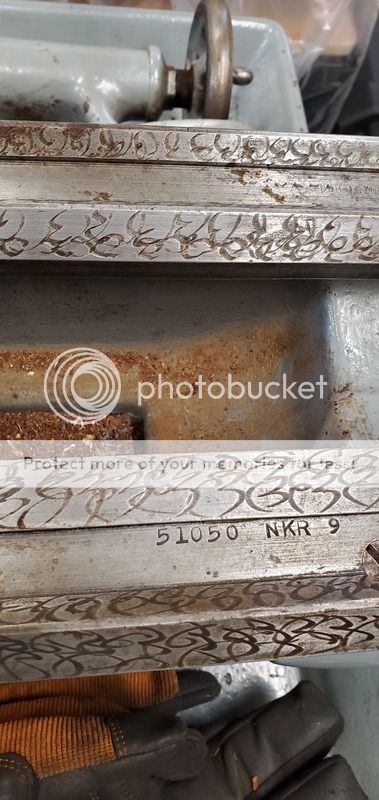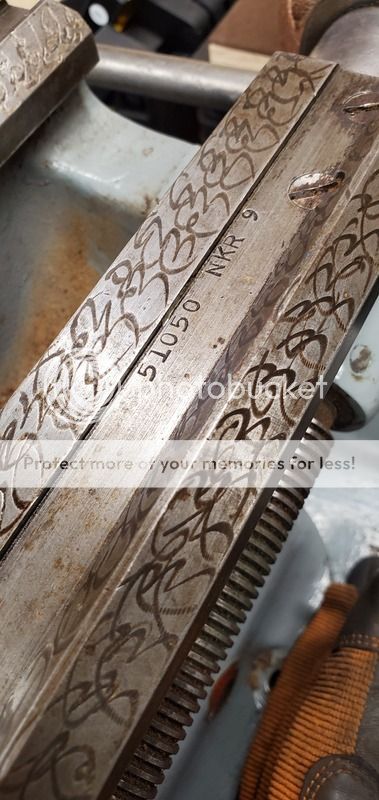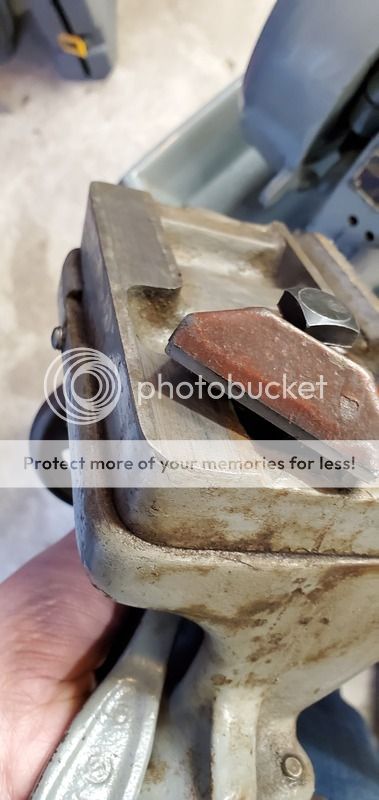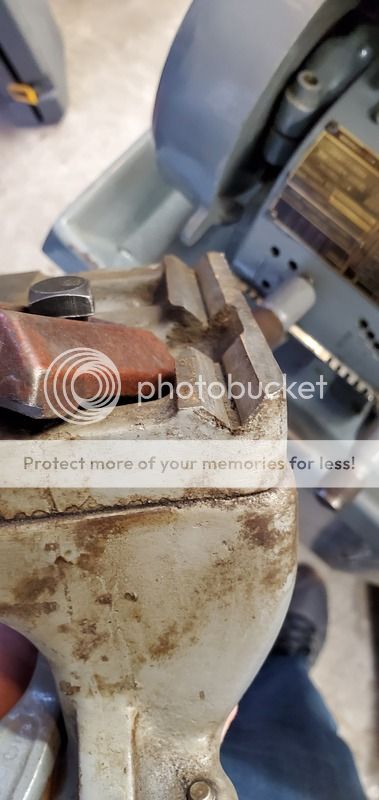Randall4th
Plastic
- Joined
- Mar 27, 2019
Thanks for all the information on my other post about how to move a 9A. Two of us brought it home by separating from the cabinet.
Here are some decent size pictures, how does it look? Brand new to this and need an idea of what I've got myself into!
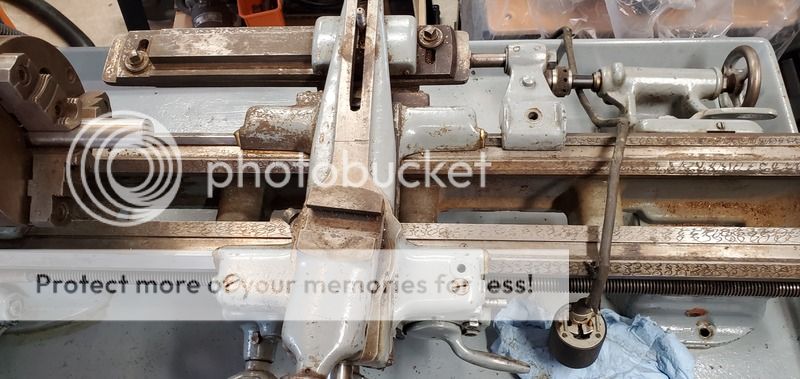

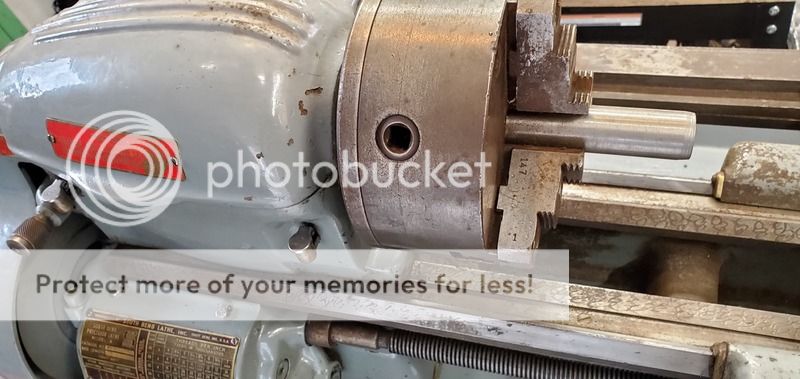
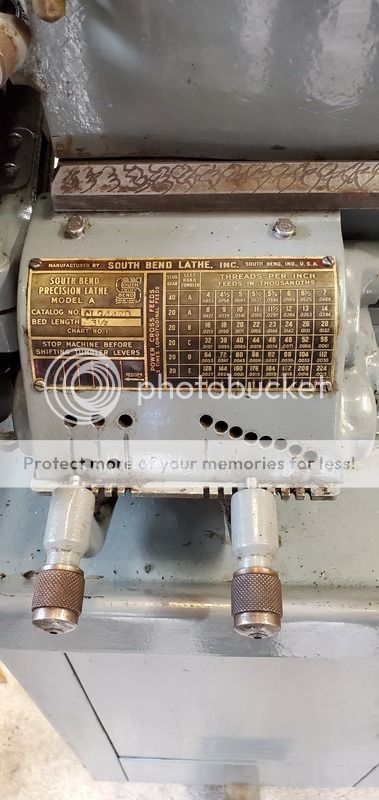

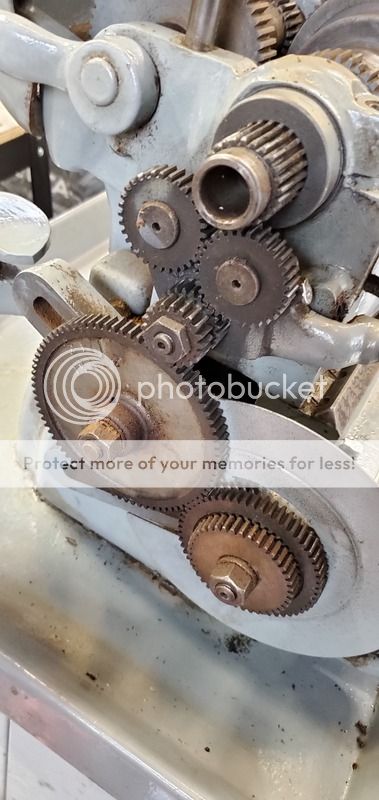
Also came with a fair amount of extras, anything identifiable? Would appreciate the help.
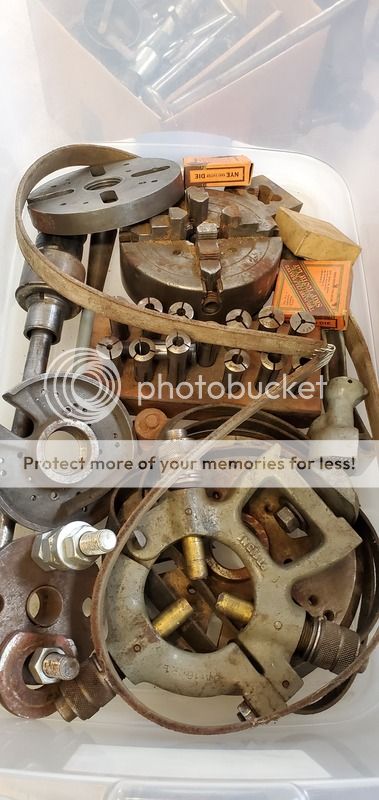
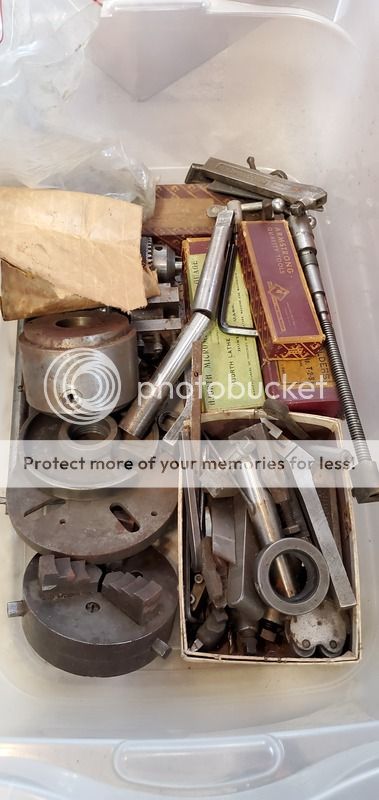

Here are some decent size pictures, how does it look? Brand new to this and need an idea of what I've got myself into!






Also came with a fair amount of extras, anything identifiable? Would appreciate the help.






